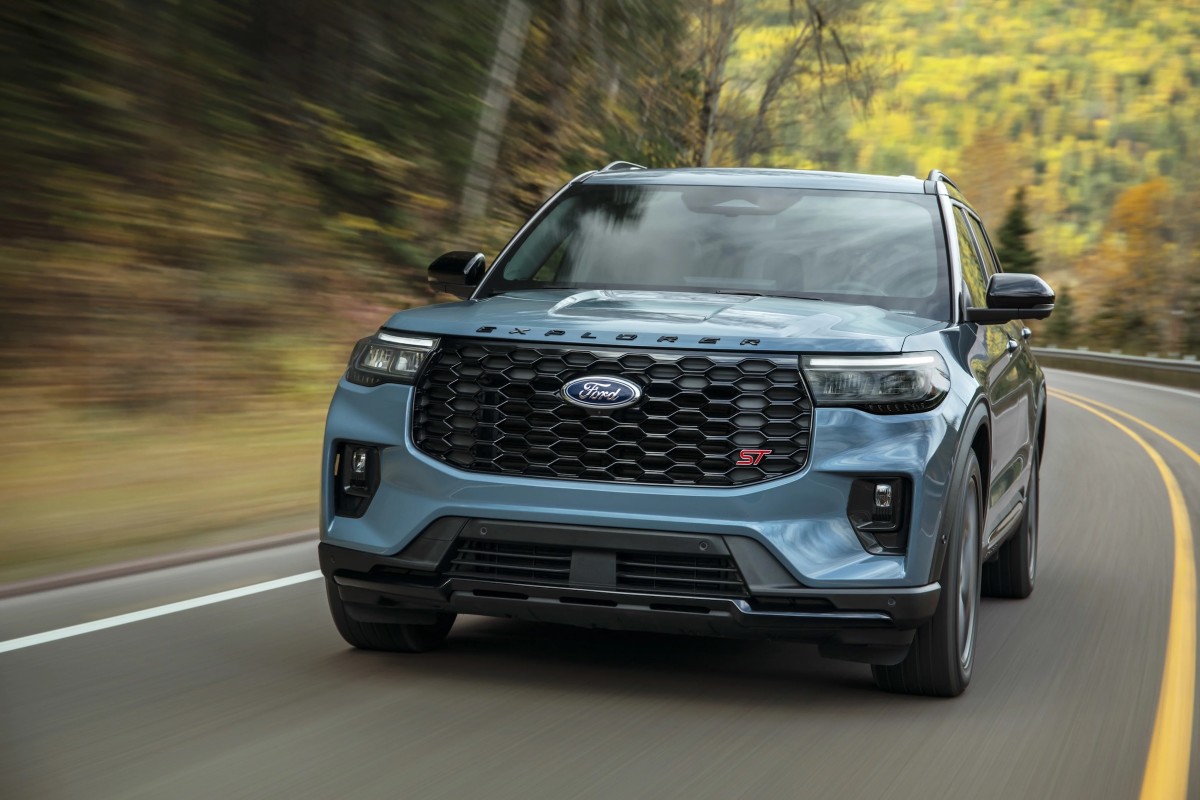So similar, yet so different
I was stunned to see that on paper, the Mazda CX-90 and Ford Explorer were so close in so many ways. While they both sport different powertrains and different performance numbers, they are remarkably competitive in terms of measurements, features, utility, and even pricing. Still, they cater to very different audiences and have completely different personalities.
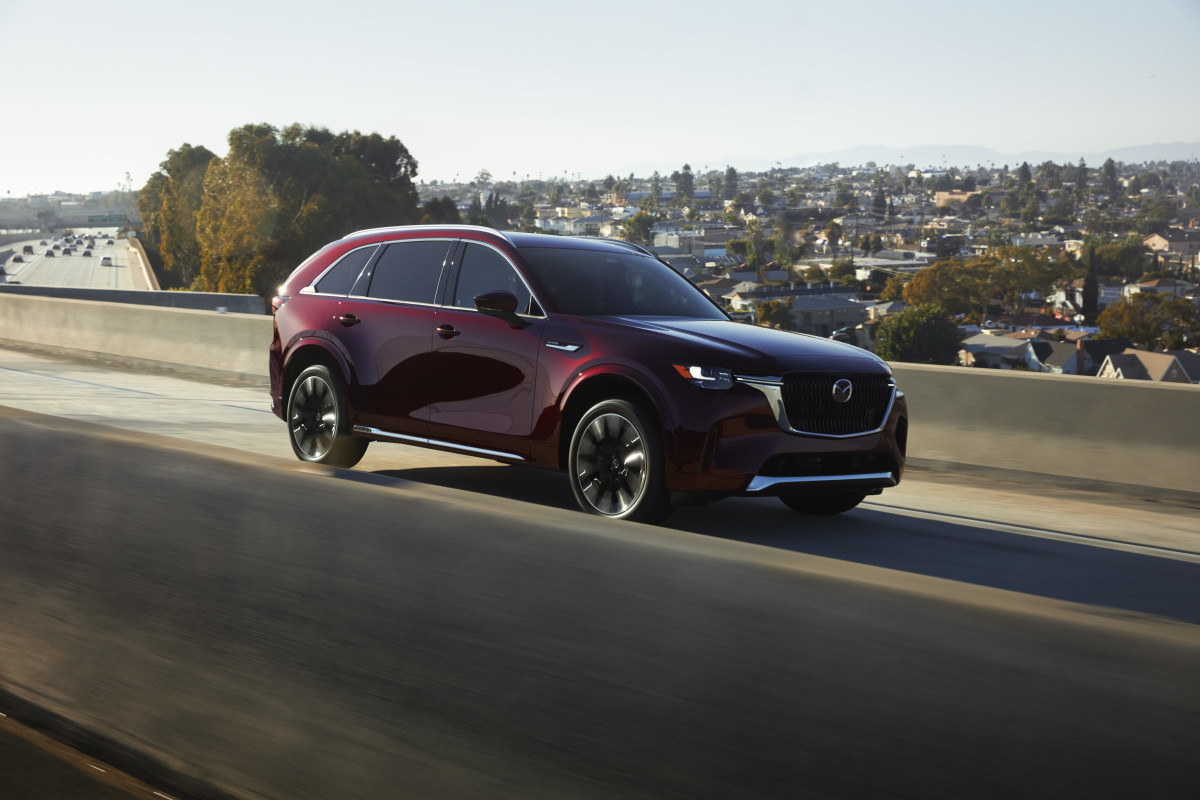
View the 2 images of this gallery on the
original article
After driving both vehicles within days of each other, I came to a simple conclusion: despite their similarities, they are
very
different vehicles. I was able to take both vehicles on a similar route, which included a 200-mile loop from Torrance to Santa Barbara, CA, in addition to other test drives. Without a doubt, these two vehicles represent some of the best options in this class. The question is: which one is best for you?
2025 Mazda CX-90 ($38,045 – $56,350)
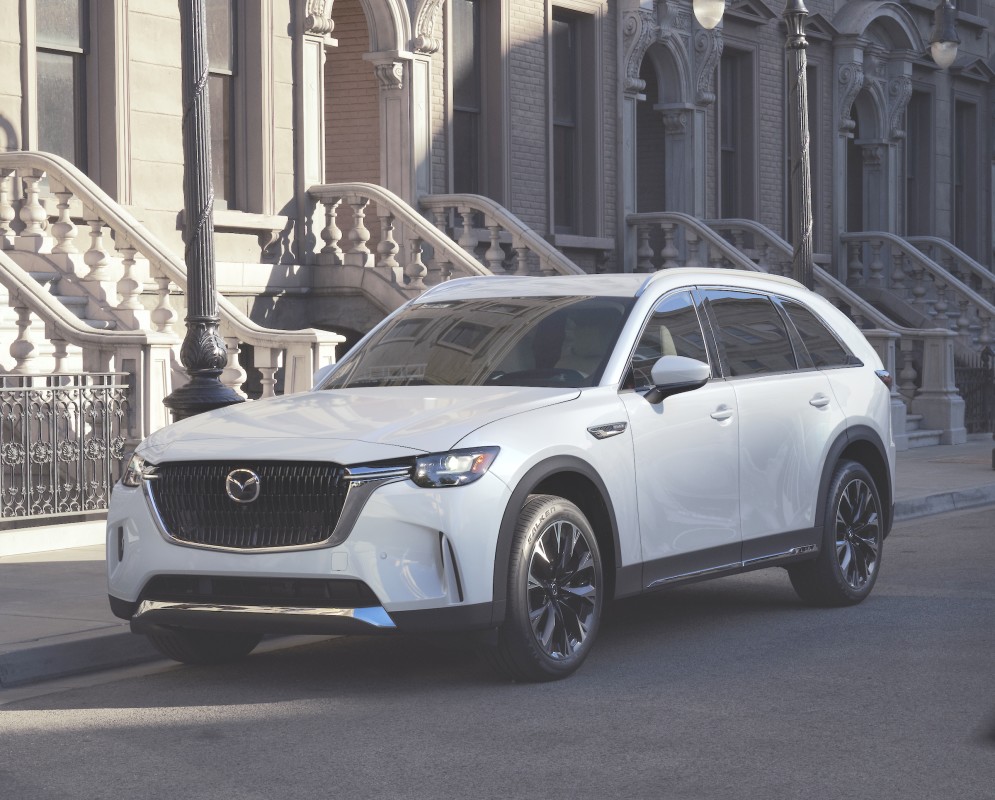
The Mazda CX-90 recently replaced the well-regarded CX-9, but make no mistake, this is an entirely different machine. Built on a new rear-wheel-drive-biased platform and powered by a turbocharged inline six-cylinder engine, the CX-90 draws comparisons to BMW in both architecture and driving dynamics. All models come with standard all-wheel drive, and Mazda has crafted a world-class three-row SUV that’s balanced, engaging to drive, and impressively upscale. While not without flaws, the CX-90 is a standout effort.
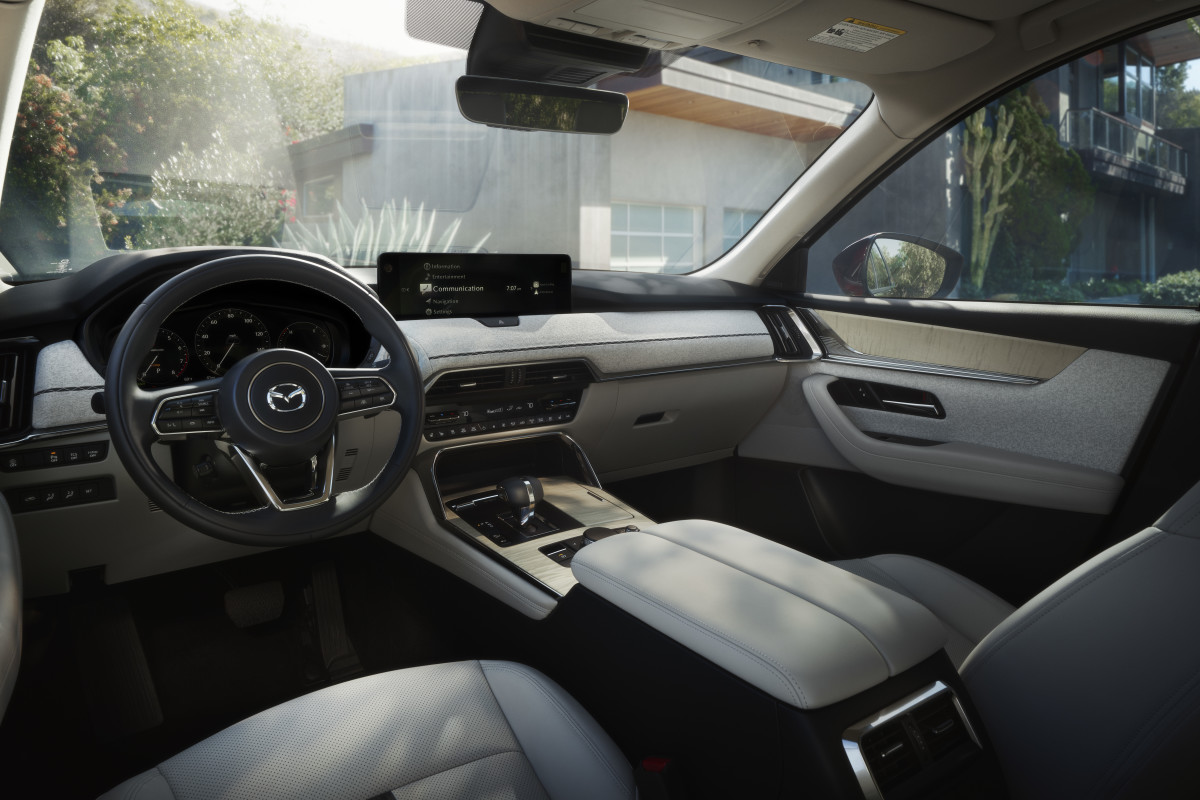
View the 3 images of this gallery on the
original article
Trims & Pricing
Mazda offers a wide range of trims across its gas and plug-in hybrid (PHEV) models:
Gas models
:
-
Select Turbo
– $38,045 -
Preferred Turbo
– $41,145 -
Premium Sport Turbo
– $46,600 -
Turbo Premium Plus
– $49,600 -
Turbo S Premium
– $53,150 -
Turbo S Premium Plus
– $56,650
PHEV models
:
-
PHEV Preferred
– $49,945 -
PHEV Premium Sport
– $54,900 -
PHEV Premium Plus
– $57,950
These prices may seem steep for a Mazda, but the CX-90 genuinely competes with luxury models from Europe and Asia, especially when it comes to refinement, tech, and driving enjoyment.
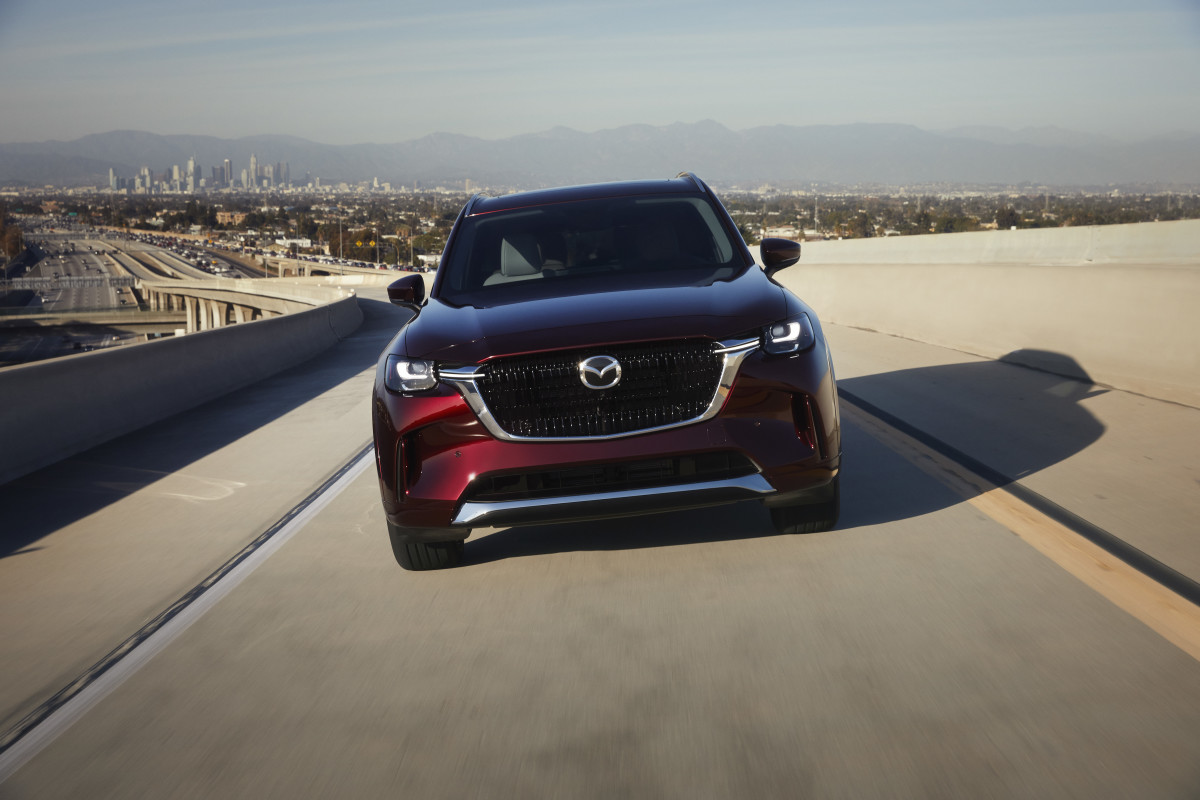
View the 3 images of this gallery on the
original article
Powertrains
There are three distinct powertrains:
3.3L Inline-6 Turbo (Mild Hybrid)
- 280 hp / 332 lb-ft
- 24 mpg city / 28 mpg highway
3.3L Inline-6 Turbo S (Mild Hybrid)
- 340 hp / 369 lb-ft
- 23 mpg city / 28 mpg highway
2.5L PHEV (Plug-In Hybrid)
- 323 hp / 369 lb-ft
- 26 miles of electric-only range
- 56 MPGe combined / 25 mpg gas-only
- Max range: ~490 miles
While the PHEV offers strong specs on paper, it’s the least refined of the bunch. It feels heavier, has jerky transitions between electric and gas power, and doesn’t deliver a driving experience that justifies its price premium. With the base Turbo models already returning solid fuel economy and providing a smooth, responsive drive, the PHEV feels like the odd one out, particularly when you consider the minimal real-world fuel savings.
2025 Ford Explorer ($39,755 – $54,260)
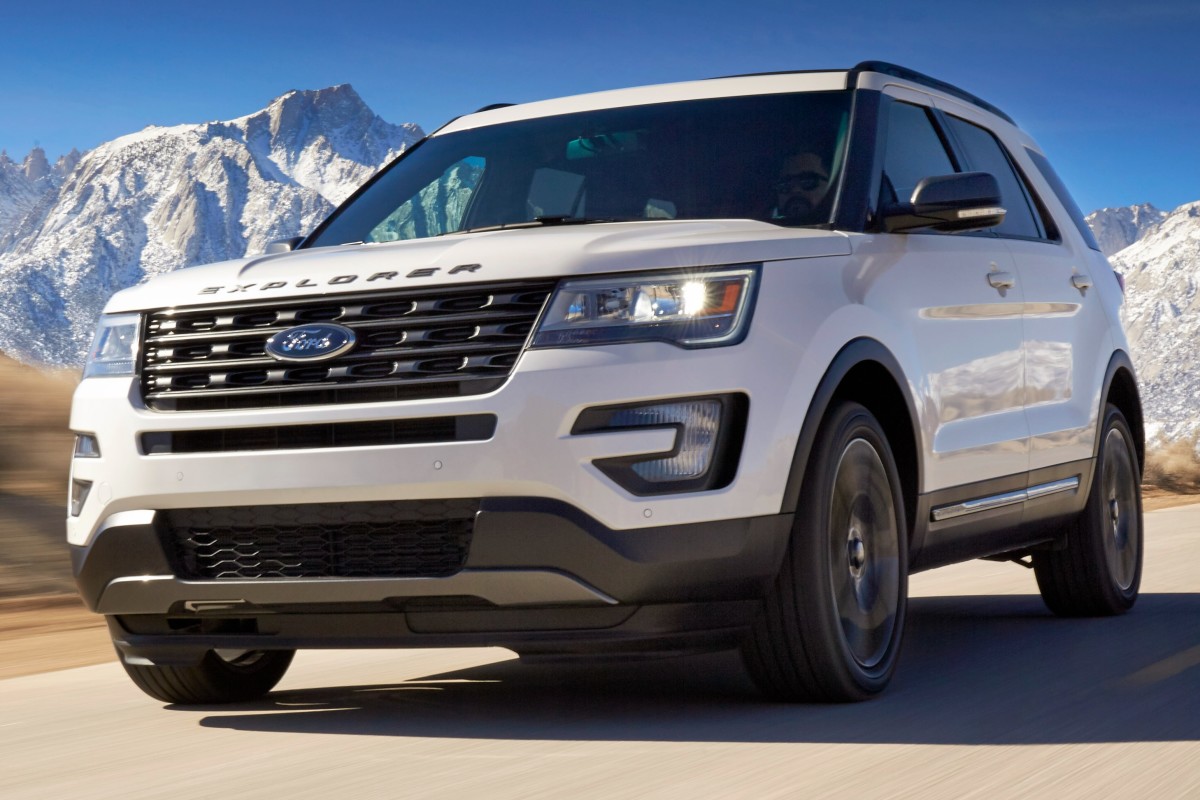
The 2025 Ford Explorer continues to evolve with improved features, sharp styling, and a broad range of trims that offer something for everyone, from daily family hauling to spirited driving. The tuning of the suspension in every 2025 Explorer I sampled was excellent, with enough comfort for smooth commuting, and just enough firmness for spirited driving. That’s especially true with the ST.
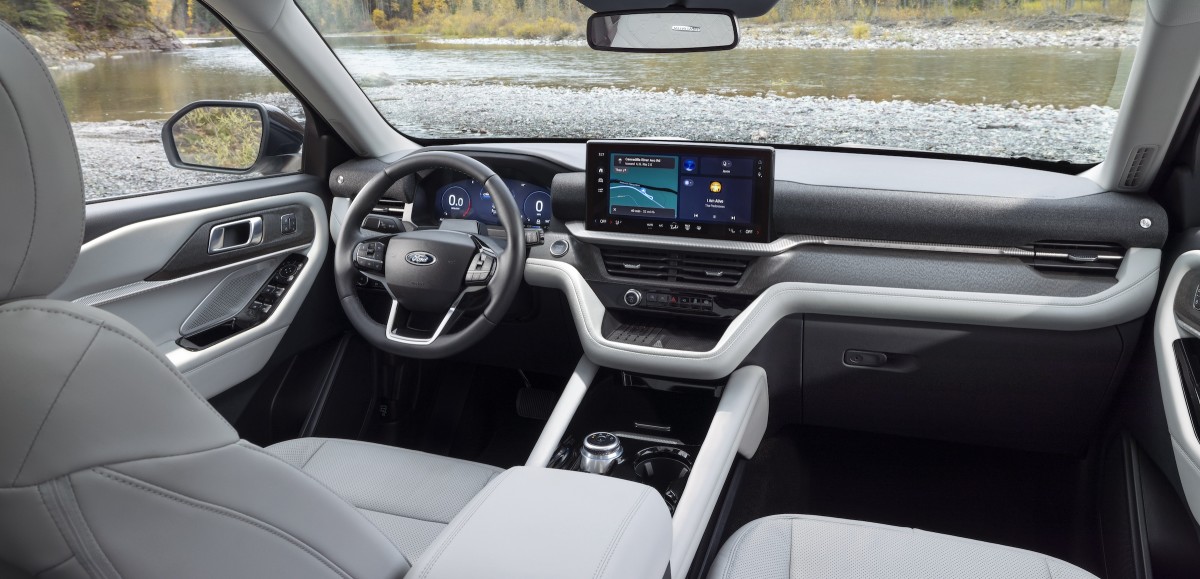
View the 3 images of this gallery on the
original article
Trims & Pricing
- Active – $39,755
- ST-Line – $44,615
- Platinum – $52,250
- ST – $54,260
Rear-wheel drive (RWD) is standard across lower trims, while all-wheel drive (AWD) is optional on upper trims.
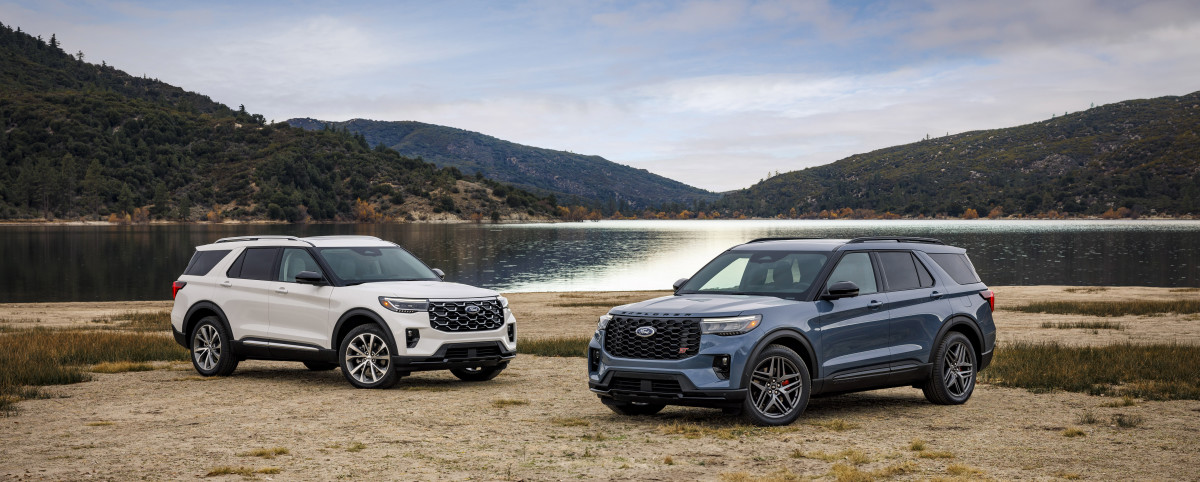
View the 3 images of this gallery on the
original article
Powertrains
There are two distinct powertrains:
2.3-liter turbocharged inline 4-cylinder
- 300 hp / 310 lb-ft
- 21 mpg city / 28 mpg highway
- 10-speed automatic transmission
3.0-liter twin-turbocharged V6
- 400 hp / 415 lb-ft
- EPA-estimated: 18 mpg city / 25 mpg highway (RWD) – AWD is about 1mpg less
- 10-speed automatic transmission
The V6-equipped Explorer ST feels more like a muscular grand tourer than a traditional SUV, with strong acceleration and a refined, aggressive exhaust note. The Platinum variant, meanwhile, provides a more luxurious spin on that performance. To be fair, the 4-cylinder option is suitable for most consumers, but it has to work hard to move that bulk around. That’s especially true when passing, under load.
Which One Should You Choose?
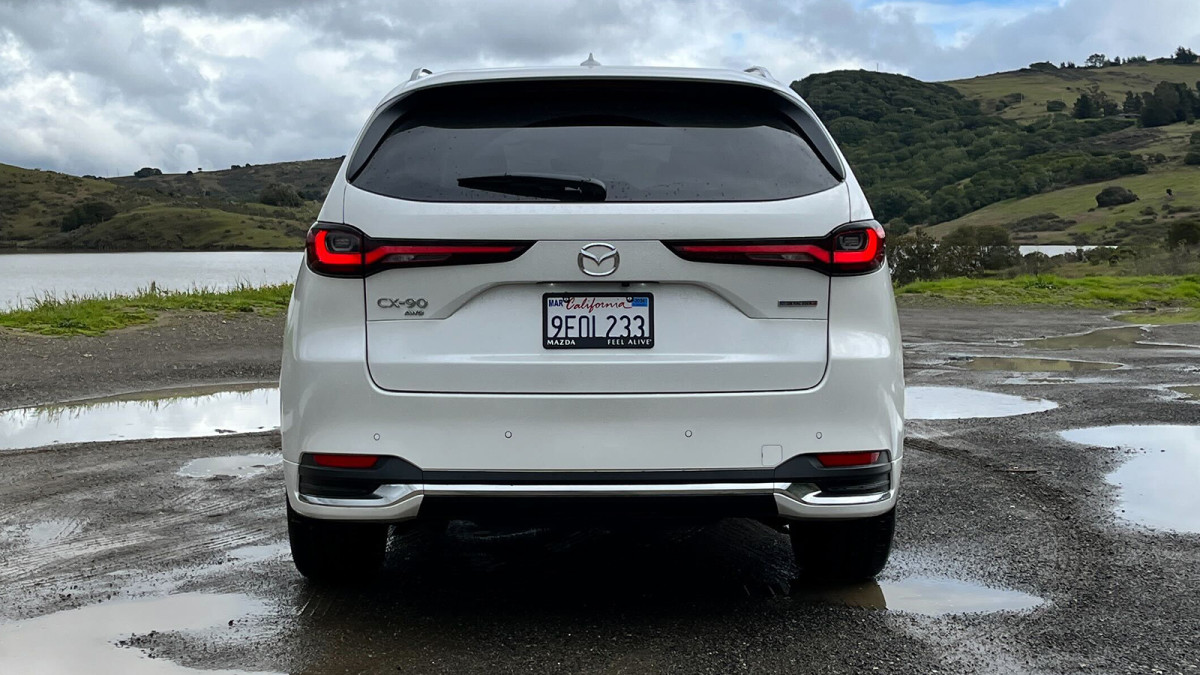
View the 2 images of this gallery on the
original article
- Performance/Towing: Ford Explorer V6/ST – more torque, faster straight-line speed (0–60 ~5.3 s), higher towing at 5,600 lb (the Mazda maxes out at 5,000-lbs).
- Efficiency & Hybrid Tech: Mazda CX‑90 PHEV – strong fuel numbers and electric range
- Interior Feel: Mazda CX‑90 – luxury-level materials and design, Ford has a softer ride
- Space & Functionality: Ford Explorer – more cargo and passenger room
- Tech & Features: Tie – The Ford Explorer for screen size & BlueCruise, and the Mazda CX‑90 for refined controls & sound
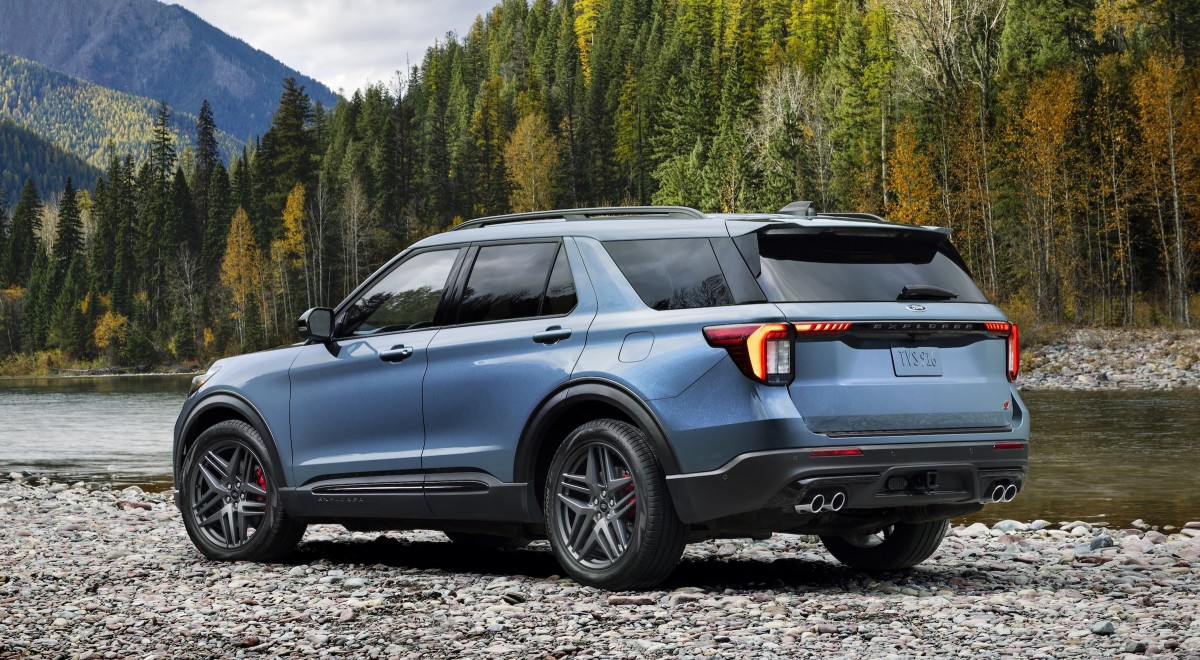
View the 2 images of this gallery on the
original article
Final thoughts
Although I naturally gravitate toward the Mazda CX-90 for its beautifully crafted interior, sleek exterior, and overall premium finish, the Ford Explorer would ultimately be my pick. It offers a smoother ride, and its beefy twin-turbo V6 is an absolute powerhouse. As someone who tows frequently, the Explorer’s superior tow rating is also a major advantage. That said, both vehicles are excellent choices, and no matter which trim you select from either lineup, you’re bound to be rewarded with a capable, comfortable, and feature-rich SUV.

